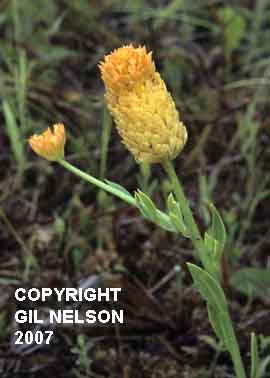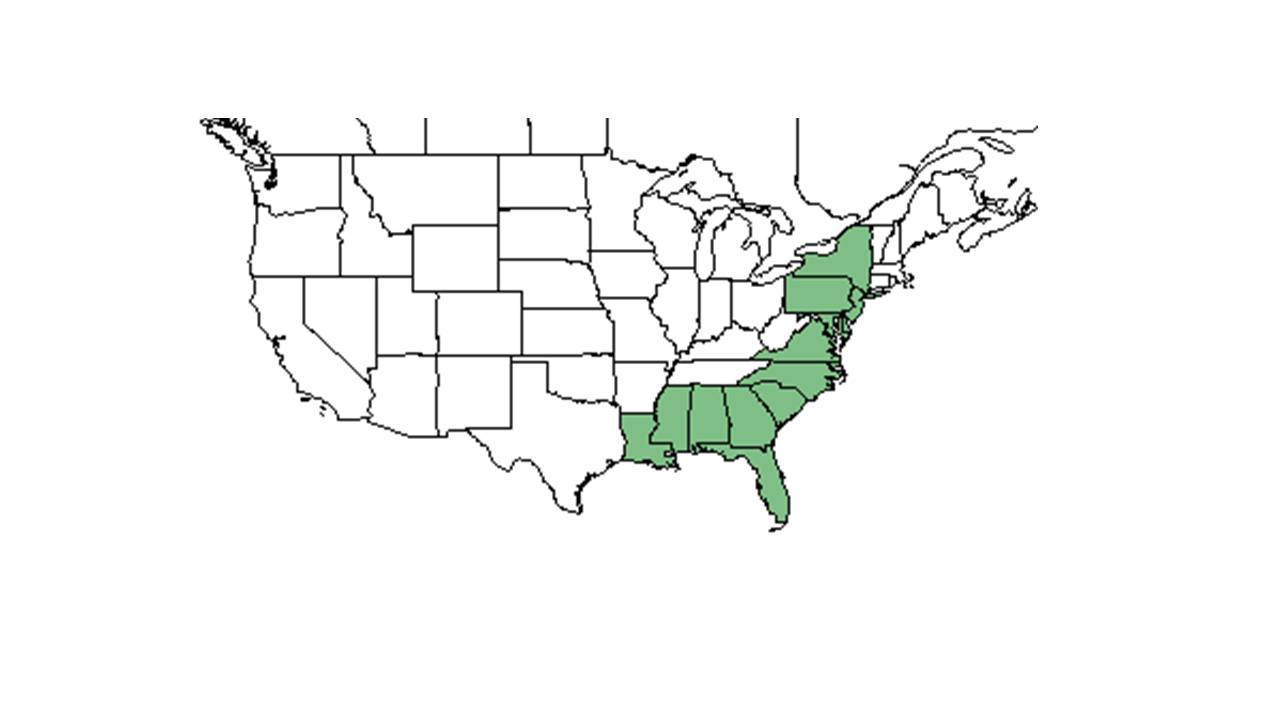Polygala lutea
| Polygala lutea | |
|---|---|

| |
| Photo taken by Gil Nelson | |
| Scientific classification | |
| Kingdom: | Plantae |
| Division: | Magnoliophyta – Flowering plants |
| Class: | Magnoliopsida – Dicotyledons |
| Order: | Polygalales |
| Family: | Polygalaceae |
| Genus: | Polygala |
| Species: | P. lutea |
| Binomial name | |
| Polygala lutea L. | |

| |
| Natural range of Polygala lutea from USDA NRCS Plants Database. | |
Common name: orange milkwort
Contents
Taxonomic notes
Description
Distribution
P. lutea is known to occur in open wet pine savannas (Hinman and Brewer 2007). Observed species in sandhill longleaf pine habitat that has 1 to 3 year fire return intervals, on Pebble Hill Plantation (Michelle M. Smith – early summer 2014 and 2015).
Ecology
Habitat
This species has been found in pine flatwoods, boggy areas, and swamp edges (FSU Herbarium). It has been found in open lit areas in drying, loamy sands as well as wet soils (FSU Herbarium). This species has also been found growing in human disturbed areas such as along roadsides as well (FSU Herbarium).
Phenology
It has been observed flowering in April, May, July, and September (FSU Herbarium).
Seed dispersal
Seed bank and germination
Fire ecology
This species is found in annually burned pinelands (FSU Herbarium).
Pollination
Use by animals
Diseases and parasites
Conservation and Management
Cultivation and restoration
Photo Gallery
References and notes
Florida State University Robert K. Godfrey Herbarium database. URL: http://herbarium.bio.fsu.edu. Last accessed: June 2014. Collectors: Loran C. Anderson, Rodie White, R. A. Norris, Robert K. Godfrey, R. Komarek, M. Davis, Cecil R Slaughter, Marc Minno, and Bob Fewster. States and Counties: Florida: Duval, Flagler, Franklin, Osceola, and Wakulla. Georgia: Grady and Thomas.
Hinman, S. E. and J. S. Brewer (2007). "Responses of two frequently-burned wet pine savannas to an extended period without fire." Journal of the Torrey Botanical Society 134: 512-526.